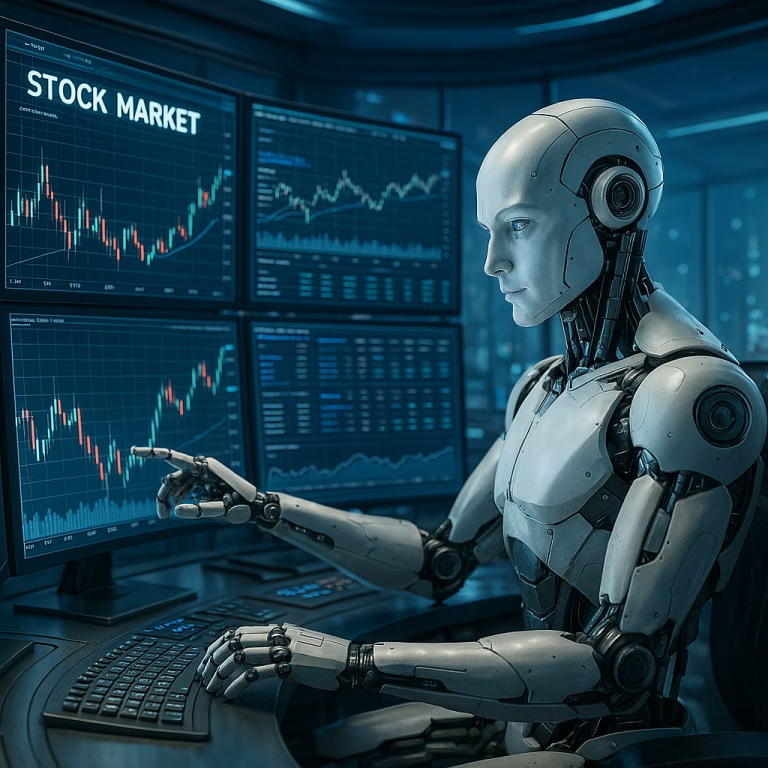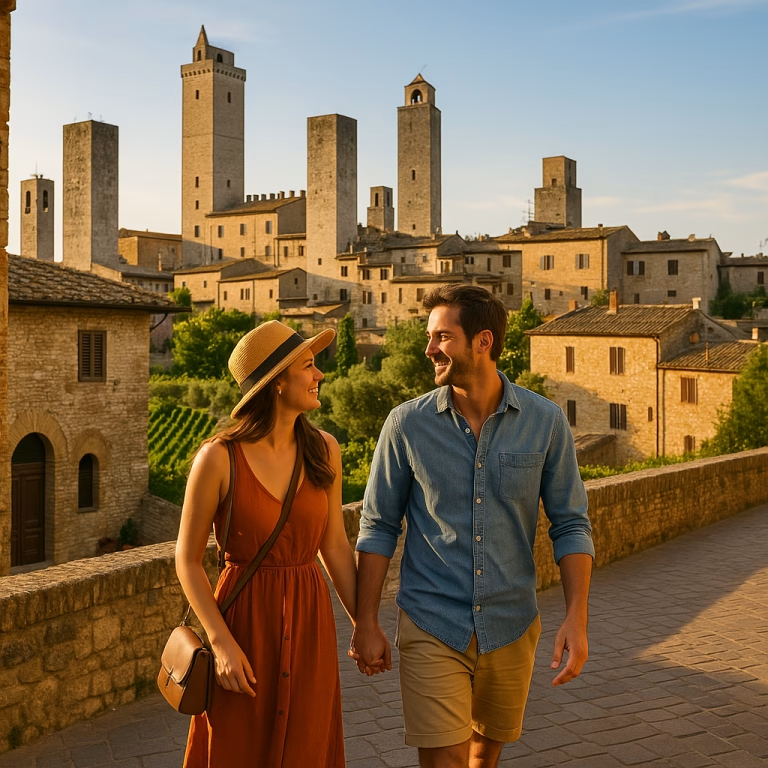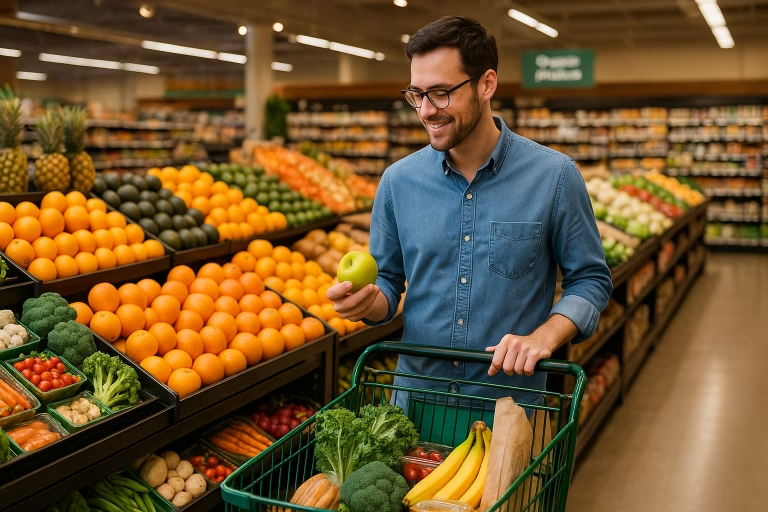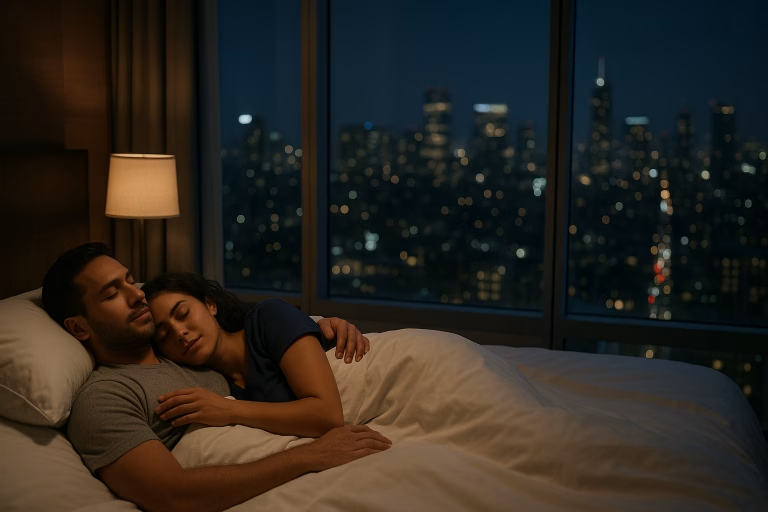
The world of digital art is undergoing a massive transformation with the rise of AI-generated art. From jaw-dropping AI paintings to realistic portraits created in seconds, technology is pushing the boundaries of what was once considered purely human creativity.
While some embrace AI as a game-changer, others fear it may devalue traditional artistic skills. So, what does the future hold for digital expression? Will AI replace human artists, or will it become a tool to enhance creative potential? Let’s dive into the pros, cons, and future of AI vs. human creativity in the art world.
🎨 The Rise of AI in Art: How It Works
Artificial Intelligence in art has rapidly evolved in recent years, thanks to deep learning and neural networks. AI art generators like DALL·E, MidJourney, and Stable Diffusion are trained on massive datasets of existing artwork. These programs analyze patterns, color schemes, and artistic styles, allowing them to generate entirely new images based on text prompts.
For instance, if you type, “A futuristic cityscape in cyberpunk style”, an AI can instantly produce multiple versions of your idea—something that would take a human artist hours or even days to complete.
🔹 Key Benefits of AI Art
✅ Unmatched Speed & Efficiency – AI can generate professional-quality artwork in seconds, streamlining workflows for designers, marketers, and content creators.
✅ Accessibility for Everyone – No need for formal training. AI makes art creation available to non-artists, opening up new creative possibilities.
✅ Endless Creativity & Experimentation – AI tools can remix styles, generate unique compositions, and help break creative blocks.
✅ Cost-Effective for Businesses – Companies can produce high-quality visuals without hiring professional artists, reducing production costs for marketing, advertising, and branding.
🎭 The Power of Human Creativity: What AI Lacks
Despite AI’s impressive capabilities, human creativity remains irreplaceable in several ways:
💡 Originality & Emotional Depth – AI-generated art is based on pre-existing data, whereas human artists bring their unique experiences, emotions, and personal stories into their work.
🎨 Skill & Technique – Every brushstroke, sculpture, or digital illustration is infused with an artist’s years of practice and expertise—something AI cannot replicate authentically.
🧠 Cultural & Ethical Understanding – AI struggles with symbolism, context, and meaning. A human artist can create pieces that address political issues, cultural heritage, and social movements, whereas AI can only mimic existing styles.
🔄 Adaptability & Intent – Unlike AI, human artists can reinterpret their own work, change artistic direction based on intuition, and explore creative storytelling in ways that algorithms cannot.
🤖 Will AI Replace Human Artists?
The short answer: No, but it will change the industry.
AI-generated art is a powerful tool, not a replacement. Just as digital software like Photoshop, Illustrator, and 3D modeling tools revolutionized the way artists work, AI can assist artists rather than eliminate them.
Instead of fearing AI, artists can use it to their advantage by:
✔️ Generating concept art & drafts – AI can help speed up brainstorming, mood boards, and rough sketches.
✔️ Exploring new artistic styles – Artists can experiment with AI-generated ideas to spark inspiration.
✔️ Enhancing workflow efficiency – AI can handle repetitive tasks, allowing artists to focus on refinement and storytelling.
🔮 The Future of Digital Expression: AI & Human Collaboration
Rather than an “AI vs. human” debate, the future of digital expression is likely to be a collaboration between the two. AI will serve as a creative assistant, helping artists expand their capabilities and push artistic boundaries.
🌟 What to Expect in the Future
🎭 New Art Movements – Just as digital art gave rise to pixel art, glitch art, and NFTs, AI will introduce entirely new genres that merge machine precision with human emotion.
📜 Ethical Challenges – Copyright disputes, fair use of AI-generated art, and the ethics of using existing artists’ work for AI training remain major concerns.
💰 Monetization & the Art Market – AI-created pieces are already being sold as NFTs and digital collectibles. In the future, we may see AI-assisted art auctions and AI-driven collaborations with human artists.
🌎 How AI is Changing the Art Industry
🔹 Independent artists & AI tools – Many artists are already experimenting with AI to enhance their work, rather than replace traditional techniques.
🔹 Marketing & Branding – Businesses use AI-generated visuals for ads, website design, and social media content, cutting down production time.
🔹 Gaming & Film Production – AI is being used to generate concept art, characters, and landscapes, making the creative process more efficient.
🔗 Stay Updated on AI & Art
Want to learn more? Check out these AI art tools and resources:
🎨 AI Art on MidJourney
🖼️ DALL·E by OpenAI
🎭 Stable Diffusion by Stability AI
🚀 Final Thoughts: The Best of Both Worlds
AI is not here to replace artists—it’s here to elevate creativity. While AI can generate impressive visuals, it lacks human emotion, originality, and storytelling depth.
The key to the future of digital expression lies in balancing technology with artistic vision. Those who embrace AI as a collaborative tool will lead the next wave of innovation in the creative world.
💬 What do you think? Will AI transform the way we create art? Drop your thoughts in the comments!
🔁 Share this article if you found it insightful!
#AIArt #DigitalCreativity #FutureOfArt #AIvsHuman #MachineLearning #CreativeTech #Innovation














